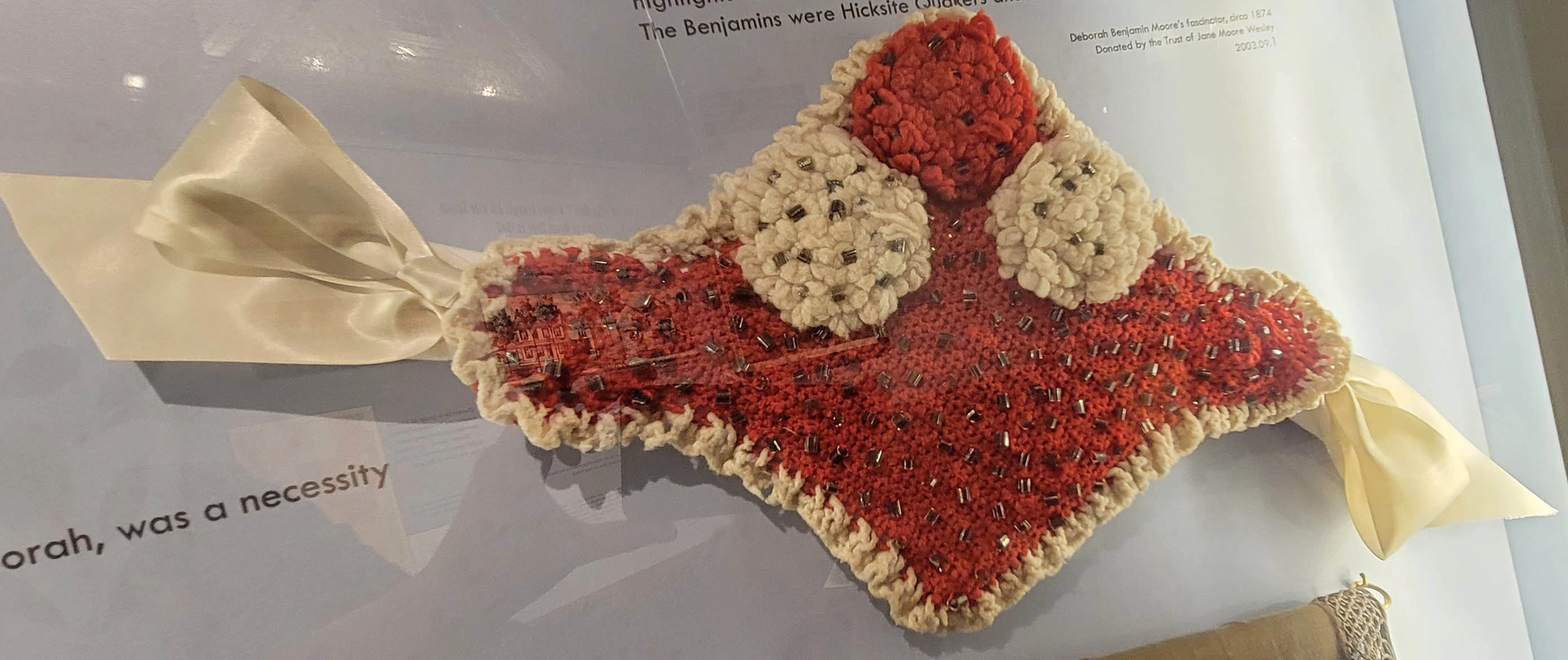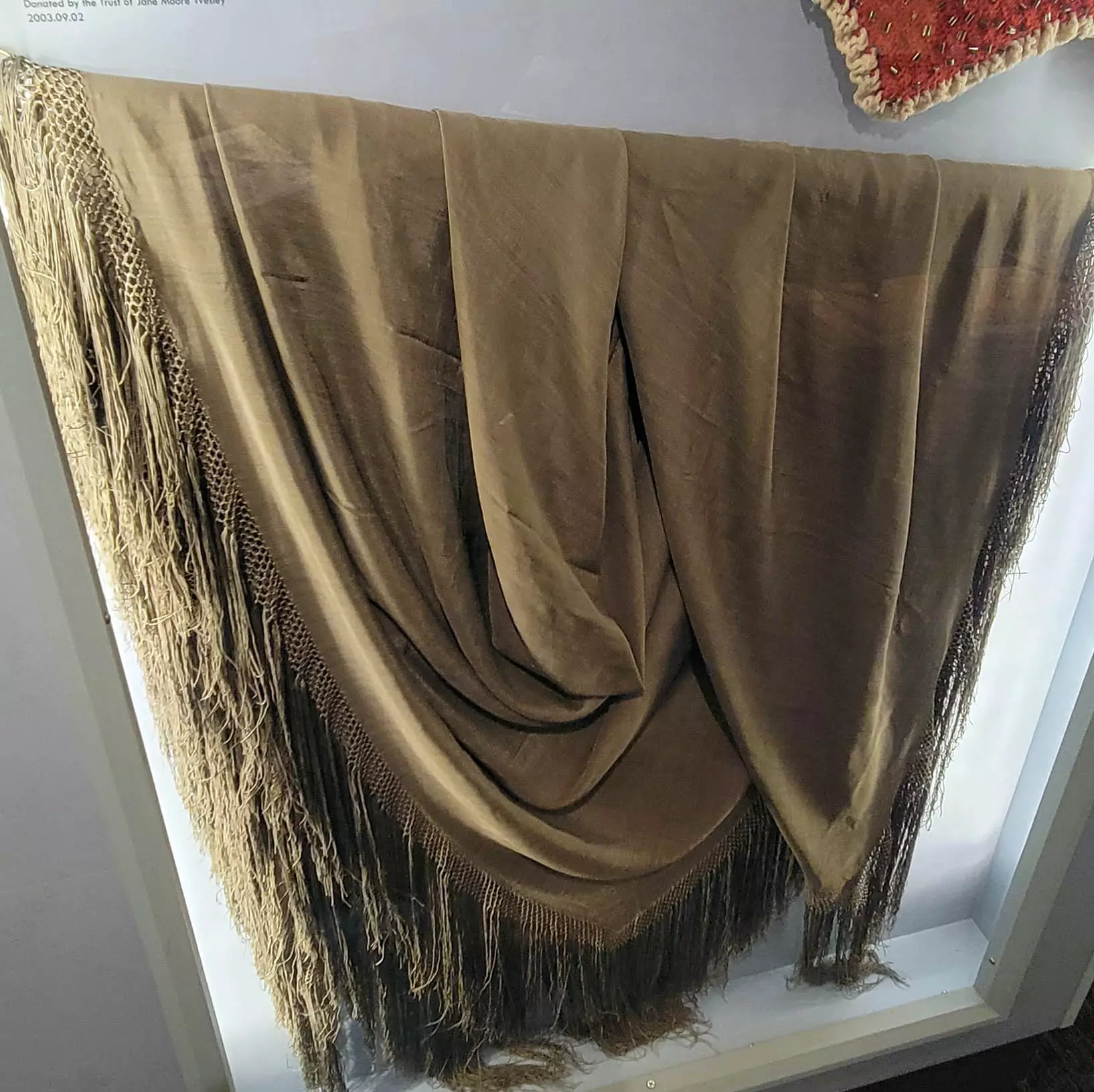Search
Looking for something in particular? Search for it here.
Looking for something in particular? Search for it here.
When John R. Benjamin, his wife Sarah, and their two children arrived in Illinois in the spring of 1854, all the prime land along the timber/prairie margins was already claimed. But they were not deterred. Nor was the large group of New York Quakers that followed.
Hicksite Quakers, a religious group known for their plain living and quiet services, opposed slavery and supported gender equality. They moved to the area seeking a place where they could serve the Lord and live apart from non-Quakers. In eastern McLean County they found good rolling land for growing wheat.
John and Sarah opted for the gently swelling glacial moraine that ran eastward from Bloomington into the mostly settled eastern part of McLean County. They were soon joined by John’s brothers Timothy and Edward, as well as the Marot, Moore, Clement, Scantleberry, and Hamilton families—all Quakers.
Bound together by religion, this little farming community prospered.
By 1859 they had raised the $1,000 needed for a small meeting house, which they erected next to two acres of land donated by John Benjamin for a burial ground.
When the Lake Erie & Western Railroad bypassed Benjaminville, those interested in being close to the railroad relocated their buildings by putting skids under them and dragging them down to the new village of Holder next to the tracks.
Slowly their distinctiveness faded and their numbers declined. By the early twentieth century, regular services were no longer being held at the meeting house.
The meeting house still stands and is listed on the National Register of Historic Places. Descendants of the Benjamin family still own and farm land in the area. Local Friends will occasionally use the Meeting House.
Deborah Benjamin was three years old when she arrived with her parents and siblings in 1854. She participated in the same activities, dressed the same, and attended meetings just like other Quaker girls her age.
The crocheted fascinator (head covering) she wore when she was being courted by her future husband Thomas Moore, with its bright red yarn, highlights the misconception that all Quakers dressed in somber colors. The Benjamins were Hicksite Quakers and held more liberal views.
Deborah Benjamin Moore’s fascinator, circa 1874

View this object in Matterport
Donated by: the Trust of Jane Moore Wesley
2003.09.1

Deborah Benjamin Moore’s shawl, circa 1871

View this object in Matterport
A shawl, like this one that belonged to Deborah, was a necessity for all Quaker women.
Donated by: the Trust of Jane Moore Wesley
2003.09.02
